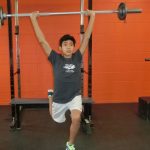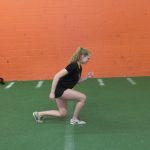Improving Power: 3 Factors to Look At
Everyone seeks to produce more power. Or even sometimes an athlete will lose power and not know why. There are three elements to power production that I always check for first when looking to develop or regain lost power for my athletes. They are activation patterns of the extension phase, loading positions of the pre-extension phase, and recovery.
What is power in athletics? Power is the athlete’s ability to move their prescribe weight (could be body weight or body weight plus pads) with as much force and as quickly as possible. It is displayed in their ability to run, jump, throw, etc. So if improving power is the desired outcome, here are the first 3 factors to look at.
First is the activation patterns of the extension phase of the lower body. Is the athlete using the correct muscle in the correct sequence? Basically, this is looking at what is happening during the first two to three inches of putting force into the ground. In a majority of the desired tasks we have all heard about the importance of the glutes and posterior chain. But, making sure that these are what is starting the movement is key. The loss or the inability to have correct activation patterns can come from a variety of issues. Among them are developing incorrect alignment positions, knowledge of how to use the correct muscles, and the creation of muscle imbalances. The best way to correct these are paying attention to the details right from the beginning. Starting in the warm-up making sure the athlete has correct alignment and intent in their actions. In the past, I have had athletes come in the day after a hard skate or game and their squat or lunge alignments were off. Correcting it right away allowed the athlete to continue to use (keep activated) the correct muscle, avoid developing long-term muscle imbalances, and got them intentful in what they were doing so that they weren’t just going through the motions.
The second thing to look at is the position that the athlete is getting into just prior to extension, or how they load. You can think of this as the last two to three inches before their body starts to change direction. I have found many reasons why an athlete might not be achieving optimal loading positions. The top two are 1) the body isn’t familiar enough with the position (both in a training sense and not being able to repeat the position when chaos is added) and 2) they lose the eccentric or yielding strength to hold the position. The ability of the athlete to become familiar with the position comes from repetition. Can they repeatedly get into the position and know if they are in it correctly. Once they know and can get into the position, they need to be able to do it when chaos is involved; when you take their mind off the position being the primary focus, can they still repeat it. From an eccentric/yielding strength standpoint, if you don’t use it you lose it. Making sure that your program always has adequate volume and intensity of eccentric/yielding strength exercise will help to ensure that the athlete will be loading correctly for enhanced power.
Power is not just about the muscles involved but, more importantly, involves the nervous system. The nervous system is about adding speed to the force production. The nervous system is susceptible to all stresses put on the body, not just the physical. School, family, sports, and training can all place stress on the nervous system. Not only that, but the nervous system also takes longer to recover than the muscular system. If you have ever had the experience of thinking you were going to perform great on a given day because your body was feeling good and then it turned out that it felt like you were moving in quicksand, most likely it was due to nervous system fatigue. To help combat this sluggish feeling in competition and training, focusing on recovery is vital. Improved recovery comes from optimal rest time, nutrition, and sleep; as well as using recovery methods such as self-massage and hot/cold contrast methods. Investing more time and attention to your recovery process will help to ensure the athlete isn’t feeling sluggish and just going through the motions, something that can’t happen for optimal power to be displayed.
Almost all athletes are seeking to create more power. In most cases, more power will give the athlete a greater likelihood of succeeding in their sport. Likewise, any loss of power can be devastating to the athlete’s psyche. In either case, the first three factors to look at to ensure higher levels of power production are activation patterns of the extension phase, loading positions of the pre-extension phase, and recovery. In my experiences loss of power in most cases come from one of or a combination of these three. Depending on how long the problem has existed the fix could be as short as a couple minutes or as long as weeks in order to get optimal power out of a given athlete. Thus, always placing high importance on these from the beginning will help your athlete to achieve their optimal power levels.





